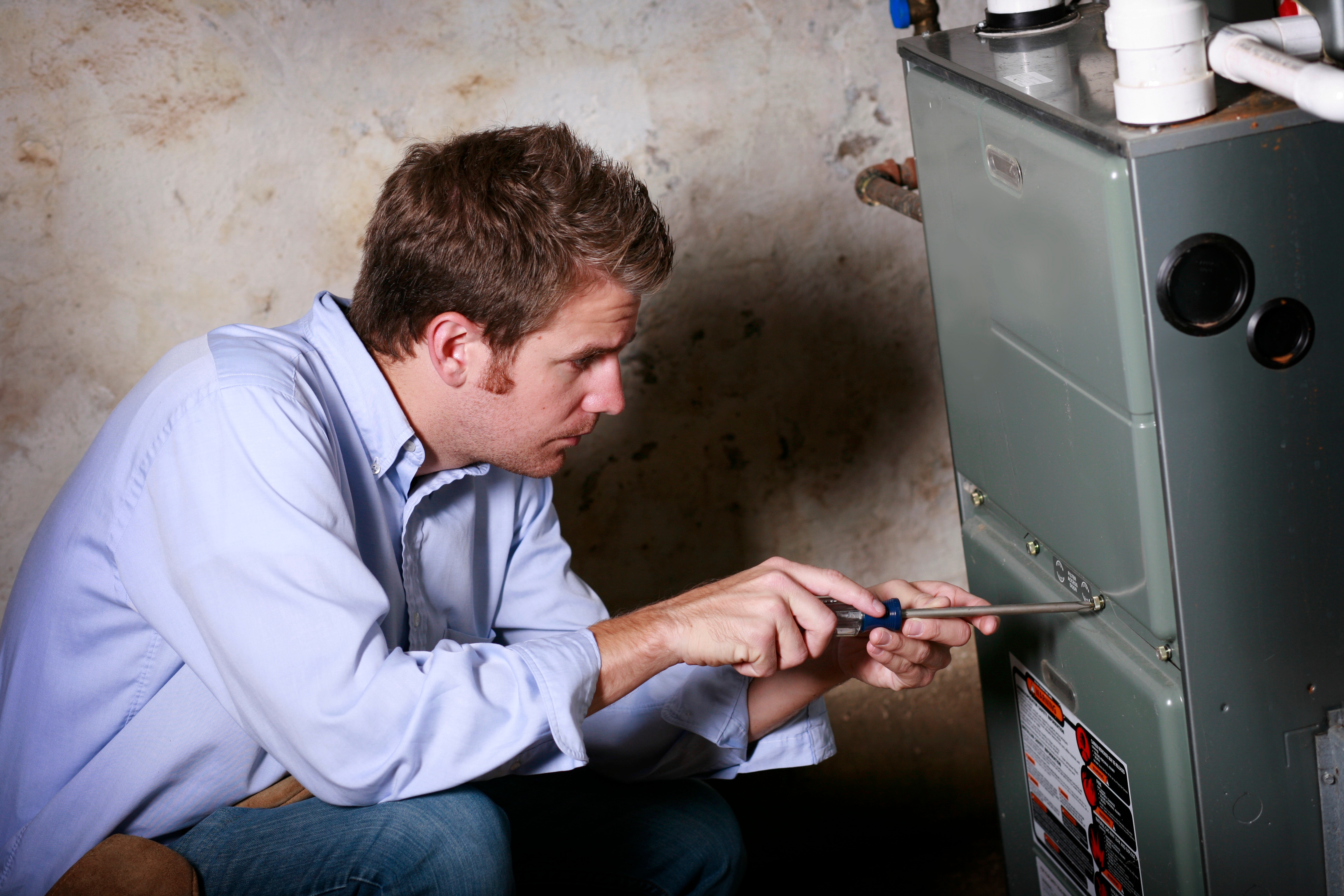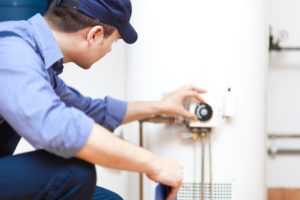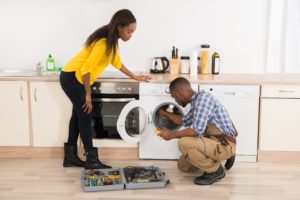Your furnace is one of the biggest investments you’ll make in your home. Not only will a high-efficiency furnace make your family more comfortable no matter how frightful the weather outside gets, but it will reduce your energy bills. And if you decide to sell your home, a new and well-maintained furnace is a big selling point.
Naturally, you want to get the most out of your purchase. Some models of furnace can last up to 30 years, but that’s getting more and more unusual. Many of the factors that lead to greater efficiency, like heat exchangers with thinner walls, mean that units just aren’t as long-lasting anymore. The tradeoff? Energy efficiency as high as 98 percent, unlike efficiency numbers that dipped below 60% in the not-so-distant past. So you’re looking at getting an average of 15 to 20 years out of the typical electric or gas furnace that you buy today.

To keep your unit functioning on the higher end of that range, there are several things you can do to make your furnace happy—or, in other words, operating with less stress and strain. Here are eight ways to make the furnace you buy today last as long as possible.
1. Have your furnace chosen & installed by a qualified professional who’s familiar with the furnace brand & model.
Pros will make sure the unit is in perfect working order and ensure potential problems like improper drainage or incorrect intake and exhaust venting don’t affect you. Installation issues could force your furnace to work harder right off the bat, which will definitely limit the unit’s lifespan.
Your installing company can also help you choose a furnace that is best suited for your home. If you select a furnace that’s too small for your home heating needs, for example, you’ll put a greater strain on the unit.
2. Schedule annual HVAC inspection & maintenance.
The HVAC professional who installed your furnace likely offers a package that includes yearly checks for function and performance. A typical maintenance package may include these Energy Star-recommended procedures:
- Checking your heat exchanger for cracks
- Testing for carbon monoxide leaks
- Examining the venting system and making sure there are no leaks or improper venting
- Looking at the drainage system
- Sealing any loose ductwork
- Tightening and testing electrical connections
- Cleaning and lubricating the blower and other moving parts
- Testing the fan motors
- Removing dust, dirt and soot from the interior and exterior of the furnace unit
Don’t wait until the cold season starts to schedule your maintenance. That’s because all over your city, homeowners are turning on their systems for the first time in fall and discovering problems that require your HVAC professional’s service and repair. Instead, plan to have your inspection done at back-to-school time before you’ll need to turn your heat on.
Set a reminder on your smartphone or, if you’re more traditional, write it on the calendar and call to schedule an appointment in late August or early September.
3. Change filters as recommended by the furnace’s manufacturer.
Continuing to use a dirty filter forces your furnace to work harder as it pulls air through the filter. Just like with regular professional maintenance, set a reminder on your smartphone or write on the calendar to replace filters every 3 to 4 months. Regular filter replacement is simple, helps keep your furnace less stressed, and improves air quality in your home.
Do you have pets or live in an area that’s particularly dusty or has poor air quality? Or does someone at home smoke? You’ll probably want to replace filters even more often than every 3 months. Ask your HVAC professional for a recommendation.
4. Install a programmable thermostat.
You won’t be requiring the furnace to work when you’re not at home or in need of the output. Plus, programmable thermostats make it easier to set the temperature a few degrees lower even on cold winter days than you might if you turned on the heat manually every morning. The savings on your energy bills can be between 10% and 30%, and your furnace won’t be working as hard.
5. Make your home as energy-efficient as possible.
Even those homes where the residents are conscientious about saving energy may have areas where improvements can be made. Block air leaks and places where you’re wasting energy so your furnace doesn’t have to work as hard; easier fixes include caulking around windows to seal leaks and installing weatherstripping around doors to keep air from escaping.
Be sure to investigate whether your local utility company has a program where they will come to home and perform a free inspection to check for energy inefficiency issues. Some more expensive ways to make your home more energy efficient, like installing new windows or attic insulation, may also be fully or partially financed by a utility company program.
6. Keep the area around the furnace free of clutter & debris.
Stacking boxes around or even on your furnace can increase the risk of damage to the exterior of your unit. Furnaces should have space around them for most efficient operation.
7. Make sure your A/C is well maintained.
Several styles of whole-home air conditioners sit atop the furnace, and keeping the coil cleaned and the unit functioning optimally will also help your furnace cleaner. Your HVAC professional can inspect and clean the A/C at the same time as your furnace.
8. Keep humidity low.
If you have high moisture levels in your home, the constant dampness can cause your heat exchanger or other metal furnace parts to rust. Once the heat exchanger is compromised, the furnace likely needs an expensive repair or replacement.
Fortunately, in most climates, once the furnace comes on, it helps dry the air. But if you’re concerned about the humidity in your home, you have a few options:
- Use an inexpensive moisture absorber product near your furnace.
- Purchase and use a small dehumidifier unit.
- Talk to your HVAC professional about installing a dehumidifier on your furnace that will help take moisture out of the air throughout your home.
Even the best-maintained furnace unit will eventually need replacement. While you’re taking steps to extend the life of your unit, set aside a little bit of money each year (perhaps from your tax return?) to save for replacement of your furnace in the future. When the time comes to install a new furnace, you’ll have the funds to select the most efficient and best option for your home.






